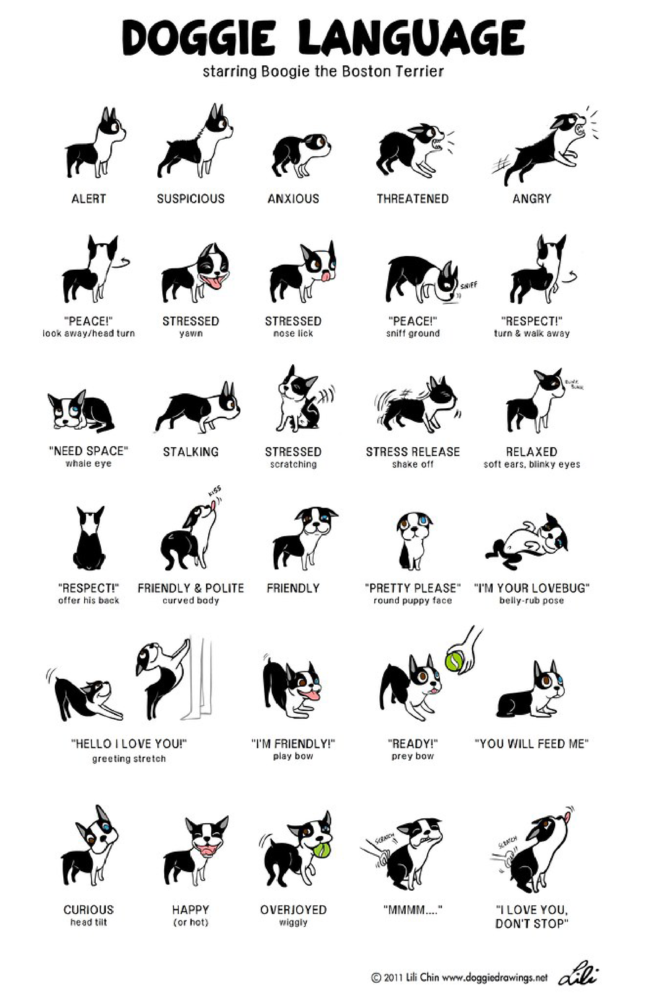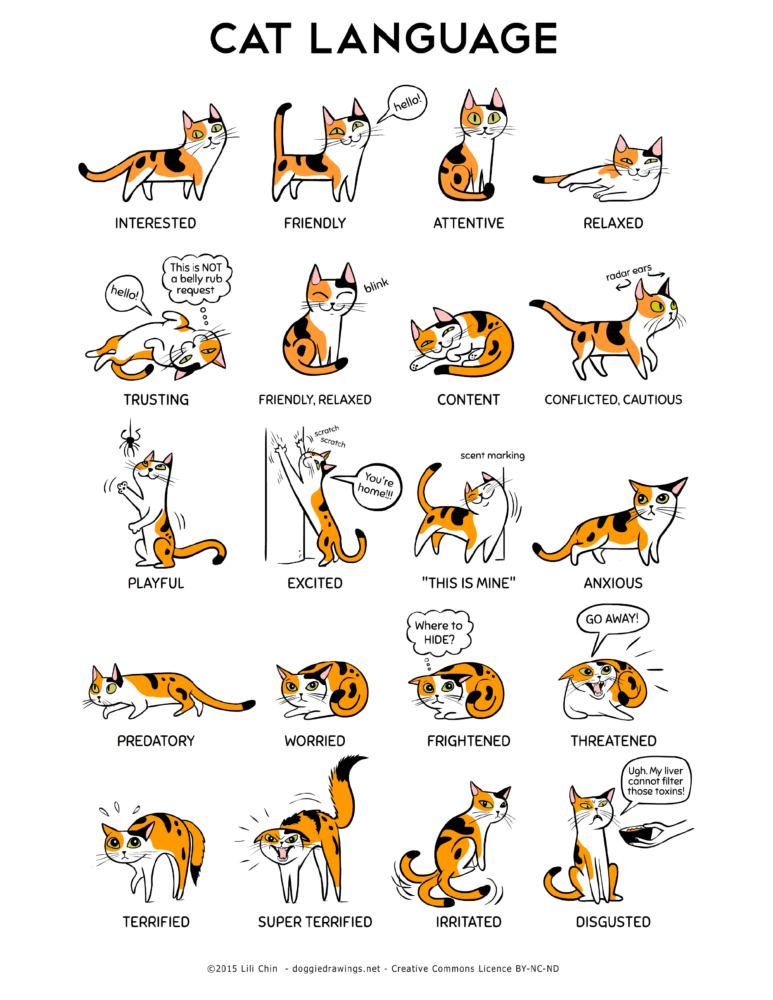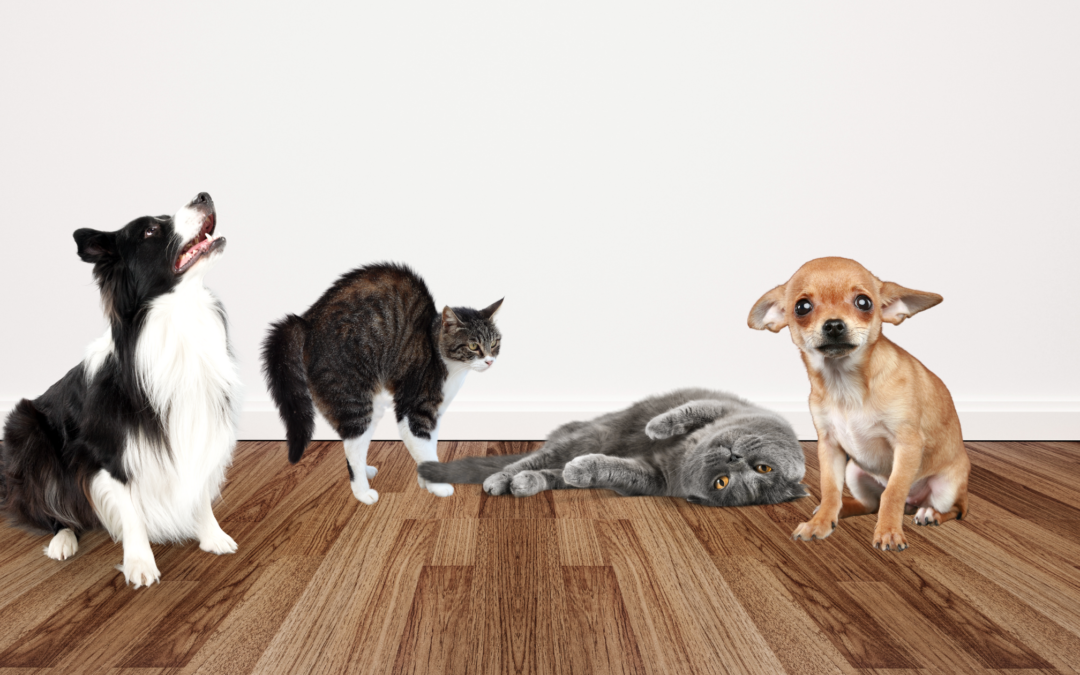The way cats and dogs communicate has captured our imaginations for decades, as seen in movies like Dr. Dolittle and The Secret Life of Pets. Wouldn’t it be nice if they spoke our language in real life? Our pets can’t communicate in words, but they do have a language to communicate with humans and with each other: body language.
Your pet may be using their body language to tell you that they are scared or anxious. They may be saying that they need some space, or that they want to cuddle – and it is important to know the difference. But if you and your pet don’t speak the same “language,” you won’t know what they’re trying to say and it can leave you both frustrated.
It is essential that we learn how our pets are communicating with us and each other to build healthy relationships and prevent stressful situations. Learning how your pet communicates will also help you navigate introducing new animals, people, things, and places to your pet.
Unfortunately, there are many popular myths and misconceptions that surround animal body language. Let’s just take a second to debunk a few: A wagging tail does not always mean a friendly, happy dog. A purring cat is not always content. You have to also look at the rest of their body language to determine what the purr or tail wag means. Another harmful myth is that domestic dogs and cats see the whole world in terms of dominance and submission – not true. So if those myths are false, how do we decode animal body language?
We look to seven main points of identification for animal body language. These are:
- Eyes
- Ears
- Fur
- Posture
- Mouth
- Tail
- Vocalizations
For example: Are the eyes wide or relaxed? Are the ears forward, relaxed or tucked back? Is the fur standing up? Is the animal frozen, wiggly, or relaxed? Look at these images and see what is going on at these points of identification that help us come to those conclusions:


By reading animal body language, we can understand why they do the things they do and make their lives stress-free. Having these lines of communication allow us to have deeper relationships with our pets.
More on dog body language:
Calm and Relaxed or Shut Down?
How NOT to Greet a Dog
Space Etiquette for Dogs
More on cat body language:

